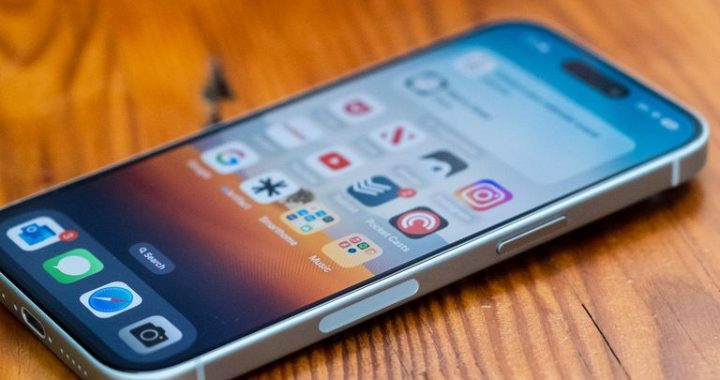Mobile devices have become an integral part of our daily lives in business, serving as our constant companions for communication and productivity. However, despite their ubiquitous presence, mobile devices are often overlooked when it comes to security. This oversight can lead to significant risks, including malicious applications, untrusted networks, and outdated operating systems.
Malware attacks on mobile devices have increased significantly in recent years, with malicious apps being the most common attack vector. Cybercriminals often disguise these apps as legitimate software, luring unsuspecting users into downloading them. Once installed, these apps can steal sensitive data, install additional malware, or even take control of the device.
Connecting to untrusted networks and cellular towers is another potential security risk for mobile devices. Public Wi-Fi hotspots, for instance, are notoriously insecure, making it easy for attackers to intercept data transmitted over these networks. Cellular towers can also be compromised, allowing attackers to eavesdrop on calls or even inject malware into mobile devices via SMS messages or phone apps. Especially when traveling abroad.
Moreover, many mobile devices are still running outdated operating systems and apps, making them prime targets for cyberattacks. Software vendors regularly release security patches and updates to address vulnerabilities discovered in their products. However, not all users install these updates promptly, leaving their devices vulnerable to known attacks.
To mitigate these risks, it is essential for IT departments to adopt a comprehensive mobile device management (MDM) and monitoring strategy. MDM solutions can help ensure that devices are configured securely, enforce strong password policies, and enable remote wipe capabilities in case of theft or loss. Monitoring tools can provide visibility into device usage and network activity, helping organizations detect and respond to threats before they cause significant damage.
Minimizing the usage of third-party apps is another crucial step in securing mobile devices. While some apps offer legitimate functionality, others can pose a significant security risk. Instead, consider using apps from trusted sources, such as Google Play Store or Apple App Store. Regularly review app permissions and access to sensitive data, and be wary of granting unnecessary permissions.
Off-device solutions like IP and DNS blacklisting, as well as network intrusion prevention, can further enhance mobile device security. These technologies help block known malicious traffic before it reaches the device, reducing the attack surface and minimizing the risk of infection.
For phones that no longer receive software updates, it’s essential to retire them instead of continuing to use them when vulnerable to attack. Older devices may still have valuable data on them, but their security risks outweigh any potential benefits.
In conclusion, mobile devices are increasingly becoming a target for cyberattacks. By being aware of the risks and taking proactive measures such as implementing MDM and monitoring, minimizing third-party app usage, and utilizing off-device solutions like IP and DNS blacklisting, organizations can significantly improve visibility, security, and reduce attack surface. Stay informed about the latest security trends and best practices to keep your mobile devices safe from cyber threats.
As a final note, projects such as GrapheneOS for Google Pixel phones aim to enhance OS-level security by offering customizable privacy features, granular app permissions, and regular security updates. By choosing secure operating systems and being vigilant about software updates, we can further reduce the risk of mobile device attacks.

